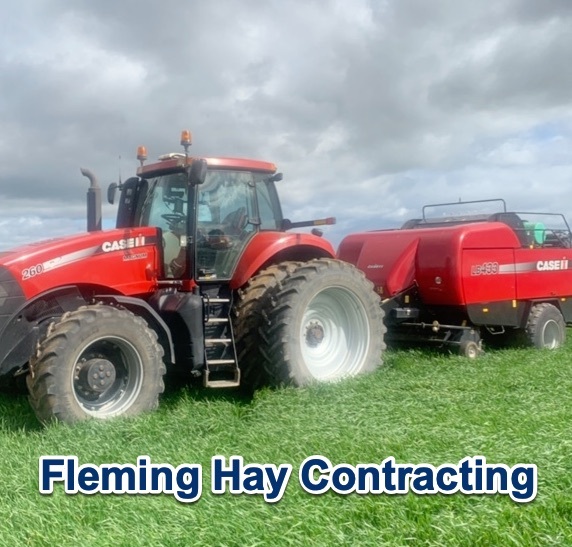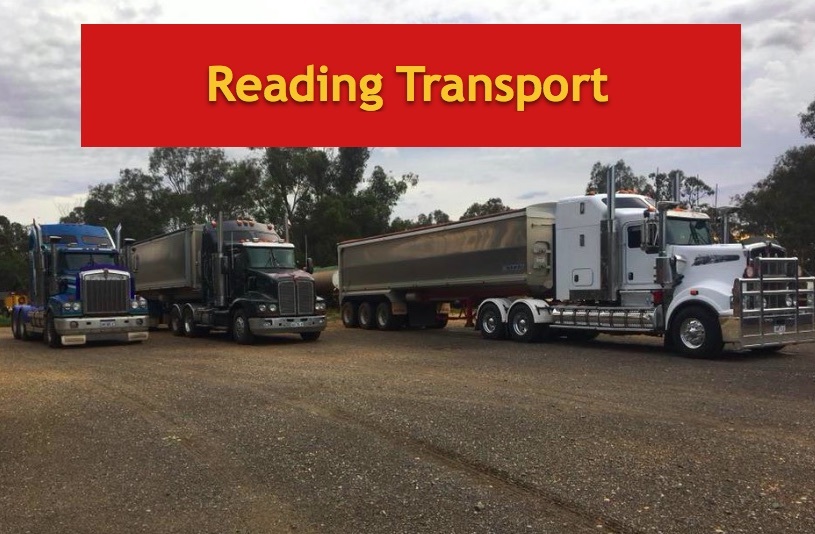Mecardo Analysis - Wool prices in context
- By: "Farm Tender" News
- Ag Tech News
- Sep 19, 2019
- 488 views
- Share

This article is bought to you by Fleming Contracting and Reading Transport.
By Andrew Woods | Source: AWEX, ICS
Key points
· In US dollar terms the current down cycle is reprise of the 2011-1012 down cycle.
· The significantly lower Australian dollar (down 30-35 cents against the US dollar in 2011-12) pushed the 2018 cycle peak to extraordinary levels.
· In 2012 the market took some time to establish a spring base in price, and it will probably take some time to do so again in 2019.
Firstly the wool market plummets in August and then rises like a rocket last week. The article earlier in the week put the rises from last week in some context of past weekly rises. However it is necessary to lengthen our view, in order to put prices in a better perspective. This article focuses on the 19.5 MPG in doing this.
As the earlier article showed, last week's price rises were the largest or near largest weekly lifts in three decades for many indicators, following on from record falls in August in cents per kg terms. Volatility begets volatility.
Ad - Fleming Contracting - A personalised Hay Contracting service - Ad
Ad - Looking to cart Grain, Hay, Machinery, General Freight and Wide Loads - Give Reading Transport a call - Ad
From an Australian dollar perspective prices have collapsed from record levels, working their way back to near the peak levels seen in the 2011 price cycle when cotton drove the apparel market price complex up to high levels at the time. Figure 1 compares the down cycle in 2011 through to the end of 2012 with the current price cycle, beginning in mid-2018. The current 2018-2019 cycle is overlaid onto the earlier cycle. The prices are shown in Australian cents per kg terms. From the Australian perspective there is some faint semblance of similarity between the two cycles (mainly in the timing of dips and rises), but the 2018-19 cycle has been some 800-900 cents higher.
Now look at the same indicator from the perspective of someone outside of Australia, operating in US dollar terms in Figure 2. In US dollar terms the 2011 and 2018 peaks were roughly the same. Keep in mind that in 2011 the exchange rate was near parity with the US dollar compared to around 70 cents during this down cycle.


The 2018-19 down cycle had maintained a level some 100-200 cents higher than the earlier 2011-2012 down cycle, probably reflecting the influence of low merino supplies in Australia from early 2018 onwards. In August that "supply premium" cracked and the price dropped quickly, again probably overshooting to the low side. In the longer term US dollar picture the 2018-19 down cycle looks very much like the 2011-2012 down cycle. Apart from the speed of the August price falls, the market has been reprising an earlier down cycle, rhyming away to its hearts content.
Does this tell us where the market is going? Not really. It does show the current cycle not to be that unusual. The earlier cycle found a base early in the spring, taking a month or so to test whether this base would hold before firming into the new calendar year. For want of better information from the mills placing the indent orders in the market (which are driving prices up and down) that is probably our best guide to probable price movements in the next few months.
What does this mean?
The wool market is different this cycle and yet the same. In essence the price action of the past year have been in line with earlier cycles, but masked in local terms by changes in the exchange rate. Past cycles suggest prices will stabilise in the spring and then have a reasonable chance of lifting into the new calendar year, especially with continued pressure on supply. On a cautionary note, beware the down cycle also has a good chance of still being in place in 2020.
Ad - Fleming Contracting - A personalised Hay Contracting service - Ad
Ad - Looking to cart Grain, Hay, Machinery, General Freight and Wide Loads - Give Reading Transport a call - Ad  .
. 











Share Ag News Via